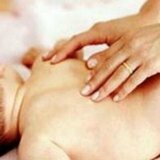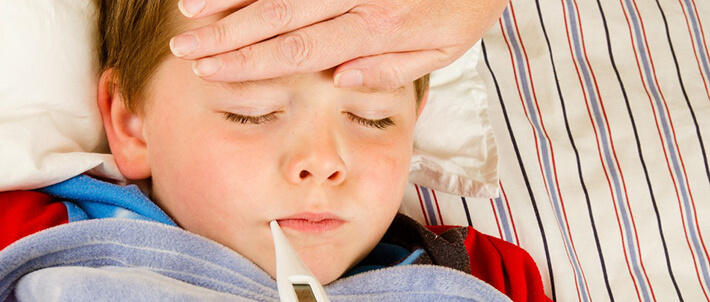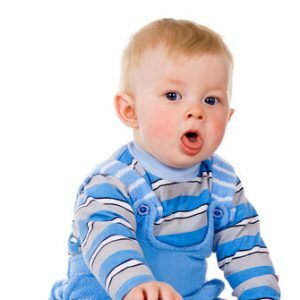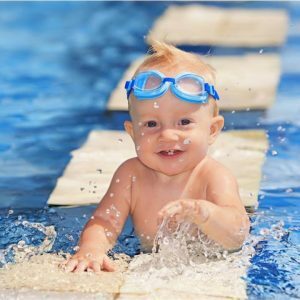Pediatric hernia of the spine

Spine diseases such as osteochondrosis, spinal hernia in children and adolescents worsen the quality of their life, reduce the overall performance and quality of training. If the disease is started, it can even lead to persistent disability. In childhood, the process of formation of intervertebral hernias often comes acutely after the trauma or spinal congestion. There is a rupture of fibrous rings of intervertebral discs and the contents of the disk migrate to the spinal canal. Then, at any time, the spine may be overgrown by the baby, the process of hernia formation may begin.
Reasons for
Wrong posture, shoes are not sized to lead children to curvature of the spine, the development of osteochondrosis, scoliosis. In such cases, the hernia of the spine can form even after minor stress on the spine.
The risk to which many children and adolescents expose themselves while doing sports often leads to spinal injuries. This will certainly affect his condition in the future. The child initially has a stiffness in the back, a pulling feeling of heaviness, frequent causeless irritability, back pain. Most often, children suffer from lumbar spine.
It should be noted that the causes of hernia of the spine in children and adolescents are different. On the spine during life unfavorable mechanisms and biological factors. Because of the spine on the spine, and so every day loads of considerable loads. In children, they are further aggravated by school stress, improper planting, an innate feature of the structure of the neuromuscular structure of the back, individual features of the blood supply to the disc, regeneration and the quality of the nerve tissue. The cause of spine injuries in children can be a direct impact on him in the form of bruises, falls, jumps over the head, lifting weights, severe twisting or bending of the trunk, and birth trauma.
This is dangerous for children!
Excessive strain on the spine is harmful to children, but physical inactivity is much more dangerous for them. Gradual loss of muscle tone leads to damage to the muscles and ligaments of the spine, manifested in the instability and pathological mobility of the vertebrae. This, in turn, leads to the inevitable damage in children of intervertebral discs.
Long-term monotonous loads are especially dangerous for children and teenagers. Systematic excessive load, including a long sitting at the computer, harms the spine. This leads to early adolescent scoliosis, to instability of the cervical spine. Frequent complaints in children can be in such cases, dizziness and headaches. Also, obesity necessarily weakens the child, often leading to the development of pathologies of the spine. Excess weight is always an excessive load, which is particularly susceptible to the lumbar spine.
Treatment of
The best method for treating spinal hernia in children is exercise therapy( LFK).It is prescribed both during the period of exacerbation, and for the prevention of intervertebral hernia in scoliosis and osteochondrosis. However, if there is already a hernia, any exercise should be preceded by a quality conservative treatment. In children, it usually includes massage, manual therapy of the spine, as well as underwater traction with simultaneous treatment with anti-inflammatory non-steroidal medications to relieve pain and swelling. And at the end of treatment, a physician chooses a set of exercise exercises. It is justified to appoint procedures from a qualified instructor in exercise therapy. Children's intervertebral hernia is not the case when group sessions are shown. Individual training with a small patient is prescribed.
The health of a child largely depends on its habits and adaptive reactions. A bad habit stoops, an incorrect posture entails a muscle stiffness. Long lessons, wrong sitting at the table lead to scoliotic deformation of the spine. Children develop foci of premature development of osteochondrosis, develop scoliosis, and later there are complicated forms of spine diseases( spinal hernia, arthrosis of vertebral dislocation).Parents, be careful! If your child clearly has a violation of posture, he is concerned about back pain, he often gets tired and feels heaviness in the spine - contact the specialists immediately.



